In today’s fast-paced world, wellness often takes a backseat to productivity. Here at Body Techniques, we’re working to change that. The understanding of living well and being productive is shifting from either/or thinking to a more holistic approach that recognizes we all do our best work when we are supported and feel good.
For those whose jobs go beyond the desk—whether they’re in manufacturing, teaching, healthcare, or retail— the physical demands of their work require special attention. In this blog, we’ll explore the unique wellness needs of these active workers and how targeted wellness strategies, such as onsite massage, can not only enhance employee health and wellbeing, but also benefit the entire organization.
Understanding the Physical Demands of Active Jobs
Active professions require more than just physical stamina; they demand resilience and adaptability. Manufacturing workers often handle heavy machinery, healthcare employees are on their feet for long shifts, educational professionals are constantly moving around classrooms, and retail staff endure prolonged standing.”
Musculoskeletal issues are common across these industries. Manufacturing workers may suffer from repetitive motion injuries, while may experience back pain from standing and bending. Healthcare workers are prone to stress-related conditions, and retail workers often deal with foot and leg discomfort. Addressing these issues is crucial—not just for the health of these employees but also for the efficiency and productivity of the workplace.
The Role of Massage Therapy in Workplace Wellness
Many might view massage therapy as a luxury, but for active workers, it’s a necessity. Regular massage sessions can significantly reduce muscle tension, improve circulation, and enhance joint mobility. This is not just about easing pain—it’s about extending the longevity of joints and reducing healthcare costs related to workplace injuries.
Busy lives are filled with responsibilities and financial obligations outside of work, so access to pain and stress relief through massage often falls off the to-do list. For many team members, work may be the only time available to pause, focus on themselves, and access wellness services. That’s why employers who focus resources on their team’s wellbeing while on the clock helps to ensure the entire crew is able to have access and benefit.
Manufacturing Workers: Reducing Repetitive Strain Injuries
The manufacturing industry is rife with repetitive strain injuries (RSIs), which are not only painful but can also lead to long-term disabilities if ignored. Regular wellness interventions, such as massage therapy and ergonomic assessments, can dramatically reduce the incidence of RSIs, making the workplace safer and more productive.
Focusing on ergonomics is crucial for manufacturing managers. Simple adjustments like the proper setup of tools or the introduction of anti-fatigue mats can make a world of difference. Adding regular massage sessions to this strategy can further protect workers by reducing tension and promoting recovery. By investing in these wellness strategies, companies can see a reduction in absenteeism and an increase in worker satisfaction.
Teachers: Improving Posture and Reducing Back Pain
Teaching is a physically demanding profession, often requiring long hours of standing and bending over desks. This can lead to poor posture and chronic back pain, conditions that can severely impact a teacher’s ability to continue to show up daily and educate others.
Integrating wellness initiatives such as yoga sessions, posture workshops, and massage therapy can help mitigate these issues. Encouraging teachers to find moments to pause and offering them stress-relief activities can greatly enhance their well-being. The benefits of such initiatives extend beyond physical health, leading to improved mental clarity and focus, ultimately benefiting students as well.

Healthcare Professionals: Stress Relief and Circulation
Healthcare professionals are often on the front lines, facing high-stress situations on their feet daily. This constant pressure can lead to burnout, which is why stress relief and improved circulation should be priorities in their wellness programs.
Regular massage therapy sessions can help manage stress levels and improve circulation, which is vital for maintaining energy levels and sharp thinking during long shifts. Mindfulness and meditation workshops can complement these efforts, providing healthcare workers with tools to manage stress more effectively.

Retail Workers: Foot and Leg Care
Retail workers spend hours on their feet, a condition that often leads to foot and leg problems. Providing them with proper footwear support and opportunities for regular massage therapy can greatly improve their comfort and health.
Incorporating foot care workshops and ergonomic assessments can further assist in alleviating discomfort. Such initiatives can increase job satisfaction and reduce turnover rates, creating a more stable and happy workforce.
The Business Case for Employee Wellness
Investing in employee wellness is not just about doing what’s right for your workers—it’s a strategic business move. By implementing comprehensive wellness programs that address the unique needs of active workers, businesses can cultivate a healthier, more engaged workforce. This approach not only enhances company culture but also positions the business as a leader in employee care, attracting top talent and boosting overall productivity.
Healthier employees are not only more productive, they also have lower absenteeism rates and share higher levels of job satisfaction. This translates into better performance, less turnover, and a stronger bottom line for your organization, and ultimately, a world with people who are healthier, in less pain, and have lower stress levels.
Caring for Your Team
Caring for the wellness of workers beyond the desk is essential in today’s diverse workplace. Whether in manufacturing, teaching, healthcare, or retail, tailored wellness strategies can improve health outcomes, foster job satisfaction, and drive organizational success.
Join other industry leaders who recognize the importance of investing in wellness programs that go beyond traditional office settings. By doing so, they not only support their employees’ health and well-being but also enhance their own competitiveness in the marketplace. For those looking to explore further, consider reaching out to wellness professionals who can tailor programs to meet the specific needs of your team and take the first step towards a healthier workplace environment.




